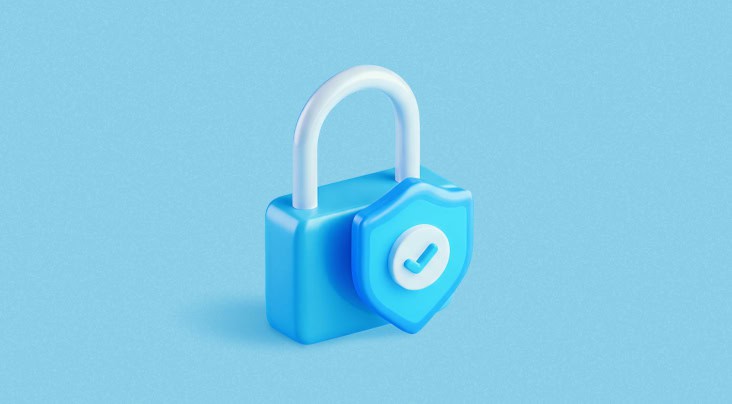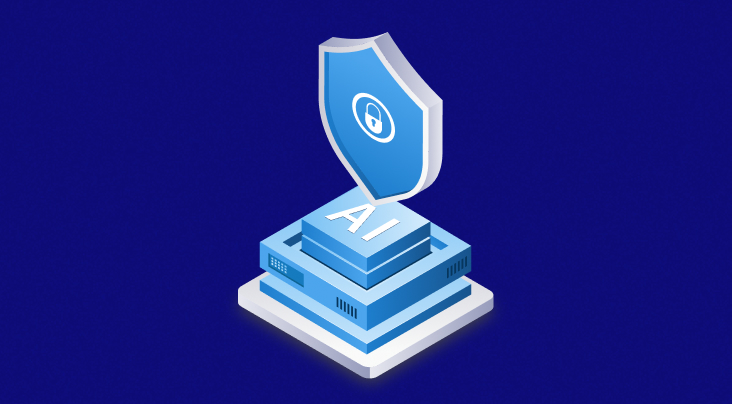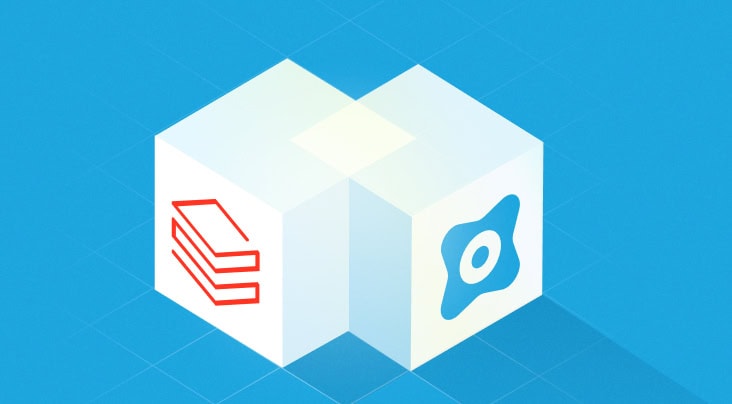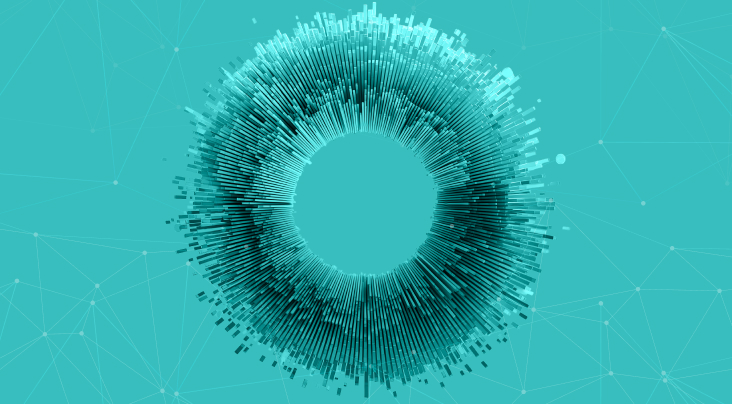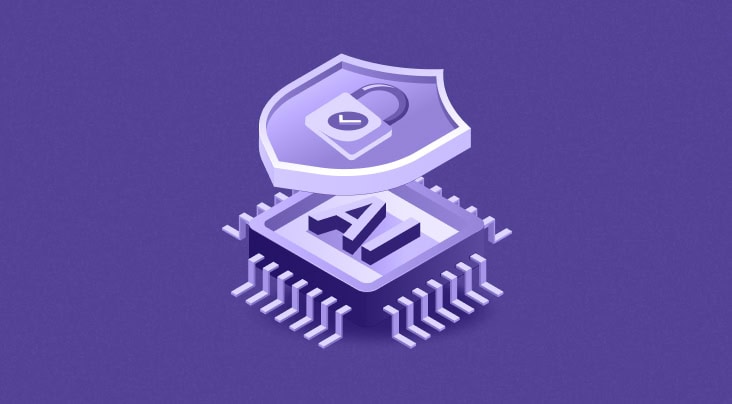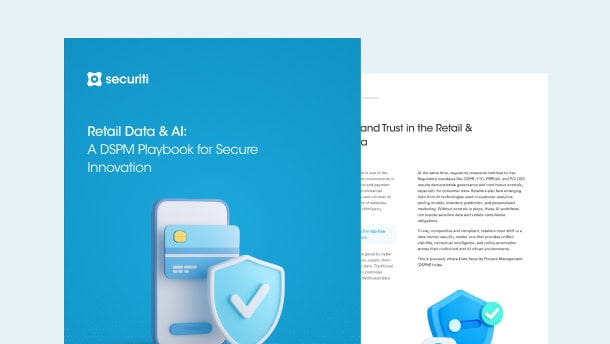Feeling lost in the complex world of online security? You're not alone. As our lives become more digital, understanding how we protect our data has never been more important. Today, we're going to break down the fundamentals of cybersecurity risk management, straight from the heart of the Kingdom of Saudi Arabia (Kingdom).
The National Cybersecurity Authority (NCA), the Kingdom's go-to expert in all things cyber, has crafted a guide called the National Framework for Cybersecurity Risk Management (framework). Think of it as their master plan to keep us all safe in the digital age.
Why is This Framework a Big Deal?
In today's connected world, our lives, businesses, and even national security depend on strong digital defenses. The NCA's mission is crystal clear: to boost cybersecurity and shield everything vital – from government services to critical national infrastructure.
This framework isn't just a bunch of rules; it's a comprehensive strategy that helps organizations understand, tackle, and constantly improve their cybersecurity defenses. It's about being proactive, not just reactive.
Decoding the Digital Traffic Lights: TLP Explained
Imagine a traffic light, but for information sharing. The framework uses something called the Traffic Light Protocol (TLP). This isn't just for cybersecurity pros; it's a global standard that helps everyone know how to share sensitive information responsibly.
Here's a quick rundown of what each "color" means:
Color
|
What it Means
|
Sharing Rules
|
| Red |
Super Secret (Personal and Confidential - For Recipient Only) |
Absolutely NO sharing beyond the original recipient. Keep it locked down. |
| Orange + Strict |
Share within Your Team (Sharing within the Same Entity) |
You can share with relevant folks within your own organization only. |
| Orange |
Limited Group Share (Limited Sharing) |
Share within your organization with relevant people and those outside who need to act on the info. |
| Green |
Share with Your Digital Neighbors (Sharing within the Same Community) |
You can share with others in your organization, a related organization, or within your sector. But don't post it publicly. |
| Clear |
Go Wild (Unlimited) |
Share it freely – no restrictions. |
Understanding TLP is crucial for preventing information from falling into the wrong hands and ensuring everyone handles sensitive data with care. It's like having a universal "handle with care" label for digital info.
The Cybersecurity Risk Management Journey: A Four-Phase Approach
Moreover, the framework outlines a clear, four-phase journey for managing cybersecurity risks:
- Identification: First things first, you need to know what you're protecting. This involves listing all your digital assets (like systems, data, and even social media accounts), pinpointing vulnerabilities, and identifying potential threats. The goal is to figure out your "inherent cybersecurity risks" – basically, the risks you have before you do anything to fix them.
- Assessment: Once you know your risks, you need to weigh them. This phase looks at the likelihood (how probable is it?) and impact (how bad would it be?) of a cyber threat. This helps you understand the true level of danger. The framework provides a handy Cybersecurity Risk Assessment Matrix to help with, which is shown below.
- Treatment: Now for the action. Based on your assessment, you decide how to "treat" the risk. Do you accept it (it's a small risk, we'll live with it), share it (e.g., through insurance), mitigate it (fix the problem), or avoid it (stop doing whatever causes the risk)? This phase is all about creating and implementing plans to reduce your risk to an "acceptable level".
- Monitoring: The digital world is constantly changing, so risk management isn't a one-and-done deal. This phase is about continuously tracking your risks, evaluating your defenses, and updating your plans. It's like having a continuous radar system for cyber threats.
Cyber Risks: What's the Big Deal for Your Business?
Cybersecurity isn't just for massive corporations; it's a critical issue that touches everyone's digital life. To build a resilient business, you first need to understand what's at stake. Keep reading to explore the essential components of a Cybersecurity Risk Assessment Matrix, a tool that will help you grasp the true impact of cyber threats and learn why a proactive approach is the only way to protect your business's future.
A. Understanding "Impact" (How Bad Could it Get?)
Impact is crucial for understanding its potential damage. It looks at three key areas: Confidentiality (data leaks), Integrity (unauthorized data changes), and Availability (service outages). Moreover, it is measured on a five-point scale, Very Low, Low, Medium, High and Catastrophic. A ‘very low’ impact might be a minor, non-disruptive incident, while a ‘catastrophic’ event could lead to irreparable damage to an organization or even national-level consequences.
Think of these impact levels as not just a technical problem, but as a total business headache. A ‘catastrophic’ breach isn't just a big data leak—it's a legal and financial earthquake. We're talking massive fines, lawsuits from angry customers, and a reputation that could take years to rebuild. Even a seemingly small ‘medium’ impact can lead to hefty legal bills, required reports to the government, and a loss of customer trust. Ultimately, these impact levels are your early warning system for protecting your business from the inside out.
B. Understanding "Likelihood" (How Likely is it to Happen?)
This is about the probability of a cyber threat actually occurring. Likelihood is a critical factor in risk assessment, determining the probability of a threat occurring. It's measured on the following scale: Very Rare, Rare, Unlikely, Likely and Almost Certain. It is also based on two key metrics: Timeframe (how often a threat is expected to happen) and Exploitability (how easy it is for an attacker to take advantage of a vulnerability). A ‘very rare’ event is one that would only happen under exceptional circumstances, perhaps once every 10-20 years, and is not currently exploitable. On the other hand, an ‘almost certain’ event could occur several times a month or year and is easily exploited by even an unskilled attacker using readily available tools.
Likelihood can be your secret weapon in court. If a threat is "almost certain" and you've done nothing, a judge might not be so forgiving. That's called negligence. But if you've got a system for prioritizing risks, you can prove you were a smart business owner, focusing your security budget where it mattered most. This smart strategy could be your best defense against a lawsuit, helping you stay out of hot water.
C. Determining Risk: The Cybersecurity Risk Assessment Matrix
The Cybersecurity Risk Assessment Matrix is a tool for figuring out how risky a cybersecurity threat is. It's a straightforward method that combines two key factors: the likelihood of a cyberattack happening and the potential impact it would have. By multiplying these two values, you get a clear risk level. This helps organizations quickly see which threats are the most serious and decide what to fix first.
Risk Assessment
|
Very Rare
|
Rare
|
Unlikely
|
Likely
|
Almost Certain
|
| (1) |
(2) |
(3) |
(4) |
(5) |
| Catastrophic |
(5) |
Low |
Medium |
High |
Catastrophic |
Catastrophic |
| High |
(4) |
Low |
Low |
Medium |
High |
Catastrophic |
| Medium |
(3) |
Very Low |
Low |
Medium |
Medium |
High |
| Low |
(2) |
Very Low |
Very Low |
Low |
Low |
Medium |
| Very Low |
(1) |
Very Low |
Very Low |
Very Low |
Very Low |
Low |
This matrix isn't just a tool for calculating risk - it's your legal playbook. By using it, you're not just guessing what to fix—you're creating a paper trail that proves you're a responsible business owner. For example, a catastrophic risk demands a hero-level response, and the matrix helps you document every action you took. Thus, this little chart becomes your best evidence to show you weren't negligent, helping you navigate the tricky world of legal and regulatory compliance.
Your Role in Strengthening Cybersecurity and How Securiti Can Help
While the NCA is leading national efforts, every organization plays a critical role in safeguarding the Kingdom’s digital infrastructure. Entities covered under the national cybersecurity framework have specific responsibilities, such as:
- Appointing a cybersecurity risk contact person.
- Maintaining, classifying and reporting an inventory of digital assets to the NCA.
- Immediately reporting high or catastrophic cybersecurity risks with response plans.
- Addressing vulnerabilities and observations flagged by the NCA.
- Updating the NCA via designated channels within specified timelines.
This shared responsibility forms the backbone of a secure and resilient digital environment.
Securiti enables your organization to meet these obligations with confidence. Our unified data security and privacy platform helps comply with the relevant laws and regulations such as the PDPL and:
- Automate asset discovery and inventory.
- Continuously monitor for cybersecurity risks.
- Streamline reporting to regulatory authorities.
- Respond effectively to threats and compliance observations.
Get a demo to see Securiti in action. By partnering with Securiti, you're not just meeting compliance requirements—you're actively contributing to a stronger national cybersecurity posture. Let’s build a safer digital future, together.




